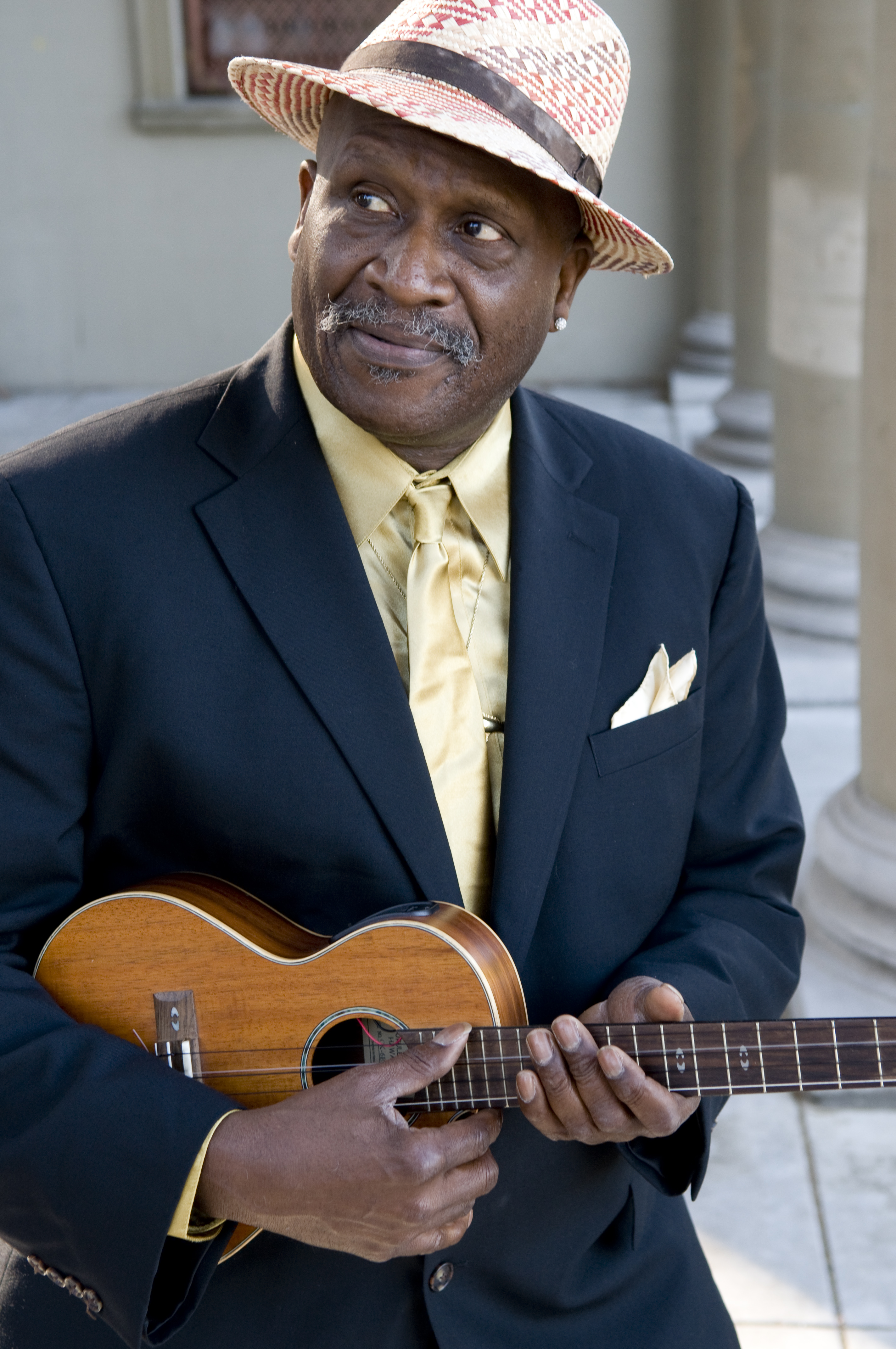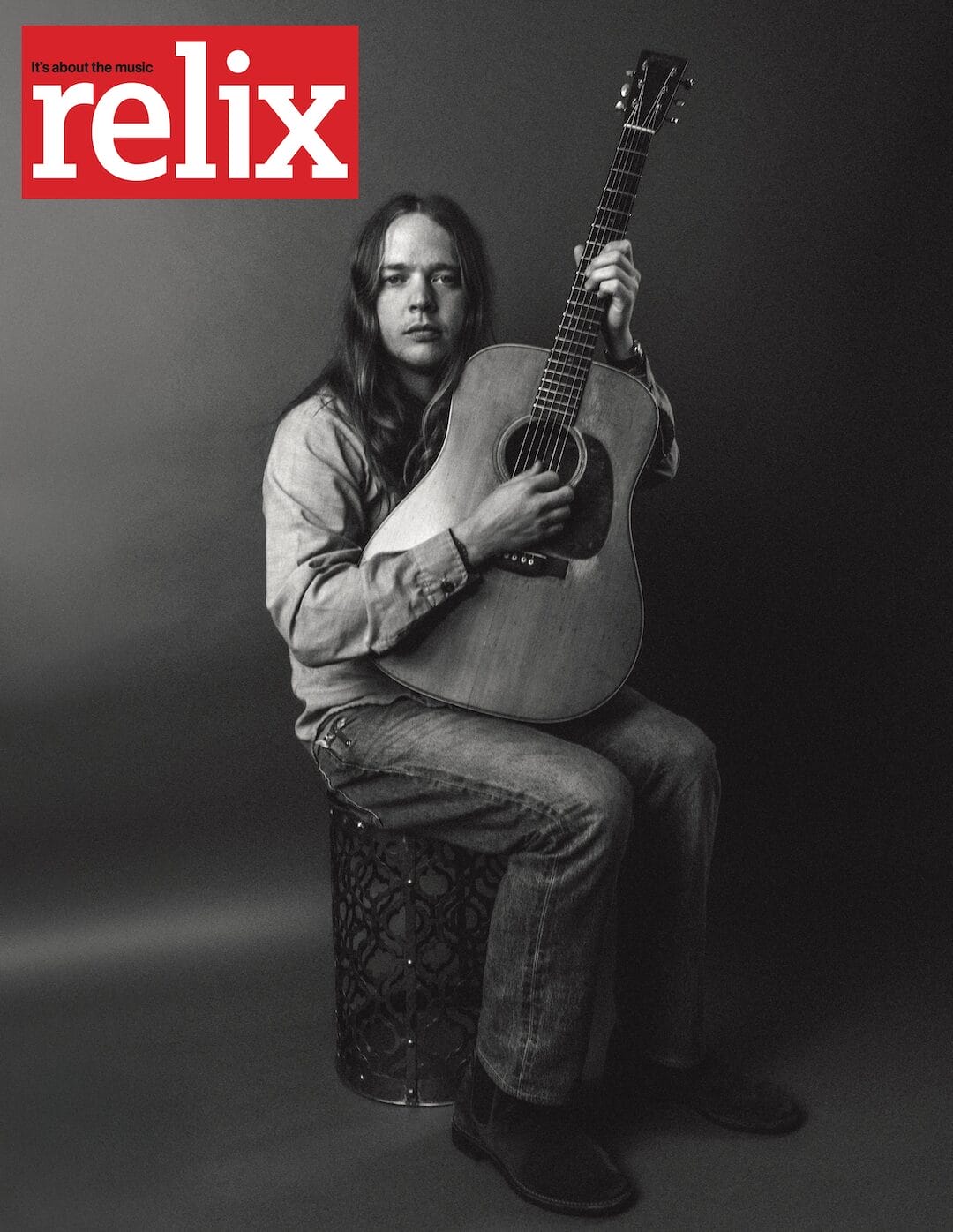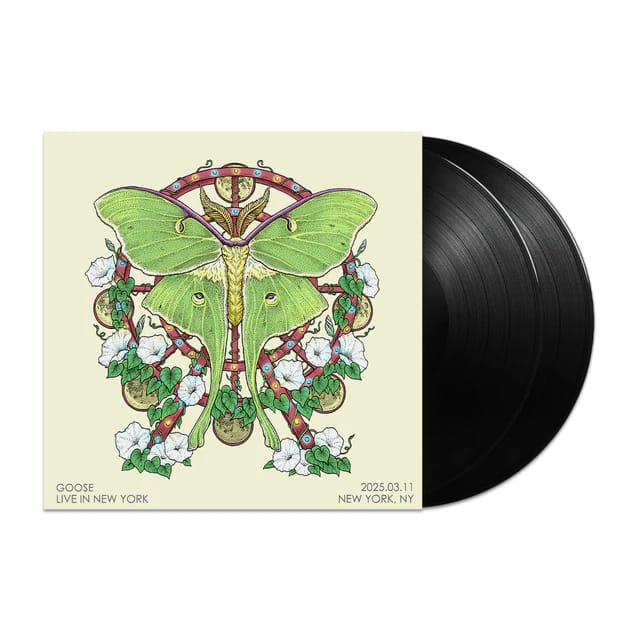Relix 44: Taj Mahal

photo by Jay Blakesberg
Welcome to the Relix 44. To commemorate the past 44 years of our existence, we’ve created a list of people, places and things that inspire us today, appearing in our September 2018 issue and rolling out on Relix.com throughout this fall. See all the articles posted so far here.
The Real Thing: Taj Mahal
Harlem-born singer, multi- instrumentalist and composer Henry Saint Clair Fredericks Jr. made a bold move in taking his unforgettable stage name from a magnificent 17th century Indian holy structure, but it was also a conscious decision to convey himself as something to behold, a true wonder. Like the original, Taj Mahal projects an image of dignity and awe even while keeping it all as real as real gets.
For more than half a century now, Taj Mahal has continued to radiate a rare authenticity in an increasingly less authentic world. Whatever he undertakes—when he sings the blues, reggae or when he delves into the music of Hawaii, the Caribbean or Africa—he throws his entire being into it, embodying its essence. From his self-titled debut album in 1968 to his Grammy-winning 2017 collaboration with disciple Keb’ Mo’—appropriately titled TajMo—Taj Mahal has always been an explorer, a pursuer of the genuine. Many other survivors of the era in which he came up have long since left their roots behind, but Taj Mahal has never tired of digging deeper at the source, never hesitating to turn down another road to investigate what lies ahead.
Wherever he has gone, the blues has never been far away—it’s at the core of who he is. Even in his earliest days, with the Rising Sons—a band that included kindred spirit Ry Cooder and should’ve but didn’t make the big time—Taj was on to something new while mining his beloved traditional American roots music. He came into his own on his first albums for Columbia, among them the gutsy, self-explanatory The Natch’l Blues from 1968, the same year he was invited to take part in the historic concert film The Rolling Stones Rock and Roll Circus. Singing the Sleepy John Estes blues “Leavin’ Trunk” on that program, surrounded by A-level musicians, including guitarist Jesse Ed Davis, Mahal blew harp and sang and quickly found love among the rock-and-rollers craving the rawness and honesty he offered. As he found his way onto multi-bill gigs at emerging shrines like the Fillmores West and East, he soon rose from opening act to headliner.
By 1971, when he recorded a live album at the latter, The Real Thing, he’d already changed gears, performing his show with a stunning new band that included no less than four tuba players. Taj left Columbia for Warner Bros. during the second half of the decade, and other labels have come and gone, but his musical wanderlust only intensified with each passing year: Mahal habitually branched out, applying the same boundless curiosity whether he probed Indian music (1995’s Mumtaz Mahal), Malian grooves (1999’s Kulanjan, with kora player Toumani Diabaté) or gospel (2014’s Talkin’ Christmas!, with the Blind Boys of Alabama).
That he continues to find colleagues who are enthusiastic to join him in the studio is a testament to Mahal’s influence. His 2008 Maestro album features a long list of guests including Los Lobos, Ben Harper and Ziggy Marley, while the aforementioned TajMo collaboration features appearances by fellow blues mavens Bonnie Raitt, Joe Walsh, Sheila E. and others. During the past few years, he’s sat in with friends like the Stones, Eric Clapton and the Allman Brothers Band, all of whom continued to treasure his authenticity.
Taj Mahal, at age 76, remains totally committed to that quality he defined as “The Real Thing” many decades ago. Like the shrine from which he took his name, he continues to dazzle and inspire reverence.
This article originally appears in the September 2018 issue of Relix. For more features, interviews, album reviews and more, subscribe here.




















